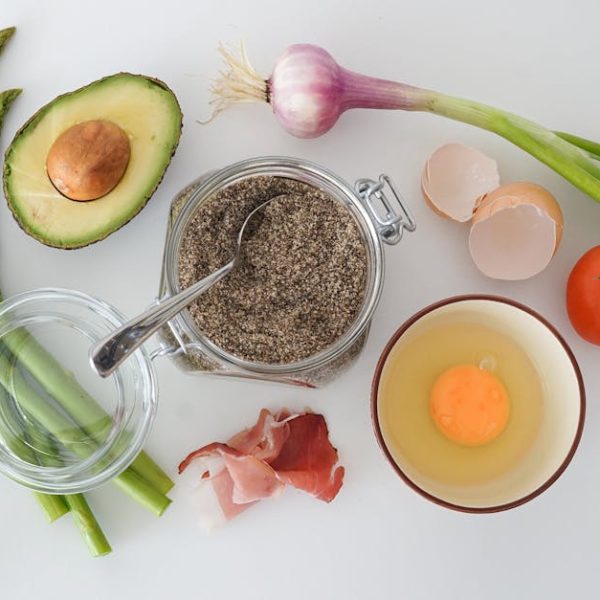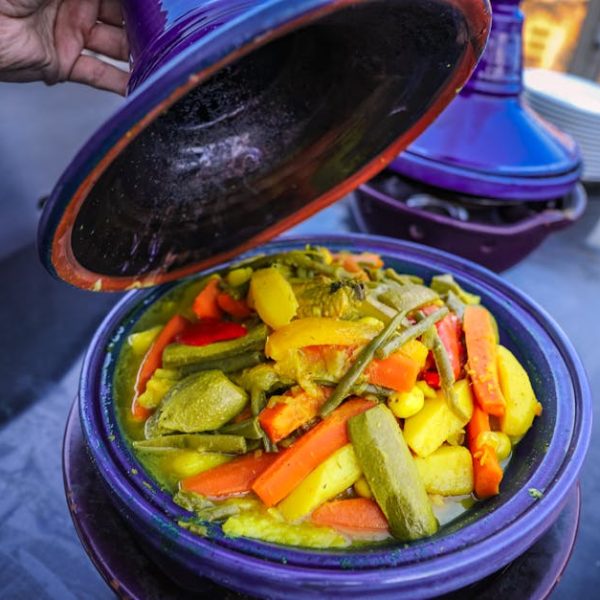Different bean types often have varied nutritional values that can greatly affect their respective impacts on your diet. Lima beans, officially known as Phaseolus lunatus, are a type of legume packed with nutritious elements. They have a substantial amount of dietary fiber and are rich in protein, vitamin B-6, and iron. On the other hand, butter beans, also known as Phaseolus lunatus (the same species but a different variety), contain slightly more energy and Vitamin B1, although they’re a bit lower in protein and dietary fiber.
| Lima Beans | Butter Beans | |
|---|---|---|
| Protein | 8.6 g | 7.2 g |
| Fiber | 7.2 g | 6.2 g |
| Vitamin B1 | 0.14 mg | 0.17 mg |
| Vitamin B6 | 0.23 mg | 0.07 mg |
| Iron | 3.4 mg | 2.6 mg |
Key Nutritional Differences:
- Lima beans contain slightly more protein and dietary fiber than butter beans.
- Butter beans have more Vitamin B1, but less Vitamin B6.
Distinctive Tastes and Textures
Apart from nutritional differences, lima beans and butter beans are distinguished by their unique flavor profiles and textures. Lima beans carry a mildly sweet, starchier taste and have a smooth, creamy texture when cooked. Butter beans, otherwise, bear a rich, savory taste with a buttery texture, living up to their name.
Pro Tip: Season the lima beans with herbs like rosemary or thyme to enhance their natural sweetness. For butter beans, couple them with savory elements like bacon or smoked ham to bring out their full flavor.
Key Taste and Texture Differences:
- Lima beans have a mildly sweet, starchy taste whilst butter beans exhibit a savory, buttery flavor.
- Lima beans achieve a smooth, creamy texture when cooked, whereas butter beans retain a firm, buttery texture.
Culinary Uses of Lima Beans and Butter Beans
The divergence in taste and texture between Lima beans and butter beans is also reflected in their culinary uses. Often, Lima beans are used in salads, stews, and soups, or mashed to provide a rich, creamy base. Butter beans are typically used in hearty dishes like cassoulet or served as a standalone side dish due to their richer, savory flavor.
Key Culinary Differences:
- Lima beans are popular in salads, stews, soups, or serve as a base.
- Butter beans, being more savory, often find their place in heartier dishes or as standalone side dishes.
Health Benefits of Lima Beans and Butter Beans
Both Lima and Butter beans have significant health benefits, albeit with slight differences. Lima beans are rich in dietary fiber which is beneficial for digestive health and maintaining a healthy weight. They are also high in iron which promotes red blood cell production and contains magnesium and potassium that support heart health. Butter beans, the other variety, contain slightly more zinc which boosts the immune system and wound healing, and more Vitamin B1 which supports nerve, muscle, and heart function.
Key Health Differences:
- Lima beans are a great source of dietary fiber, iron, magnesium, and potassium, supporting digestive health, heart health, and weight control.
- Butter beans contain more zinc and Vitamin B1, which are beneficial for immune function, wound healing, and nerve, muscle, and heart health.
Availability and Price Variation Between Lima Beans and Butter Beans
Beyond nutrition, flavor, and culinary uses, availability and cost are also essential considerations when choosing between Lima and Butter beans. Lima beans are commonly available throughout the year, often found in cans or dried and are generally cheaper. Butter beans, however, being a bit more specific gourmet ingredient, may have reduced availability and slightly higher prices.
| Lima Beans | Butter Beans | |
|---|---|---|
| Availability | Year-round | Seasonally |
| Cost | Cheaper | Slightly more expensive |
Key Availability and Price Differences:
- Lima beans are widely available year-round and typically cheaper.
- Butter beans may be seasonally available and generally a bit more expensive.
In summary, both Lima beans and Butter beans are nutritious and flavorful legumes with small but significant differences in taste, texture, health benefits, and price. It all comes down to personal preferences as to which bean suits your dietary needs, palate, and budget the most. So the next time you see Lima or Butter beans on the grocery shelf, you will know exactly what to expect and how to leverage their unique qualities to enrich your meals.
Key Takeaway:
- Both Lima beans and Butter beans belong to the same species but have distinctive nutritional profiles, tastes, textures, and costs.
- Lima beans, with higher dietary fiber and protein, have a mildly sweet and starchy taste ideal for stews and soups, and are more affordable.
- Butter beans are slightly higher in energy and Vitamin B1, have a savory, buttery flavor fitting for hearty dishes, and can be pricier due to reduced availability.
Knowing these differences can guide your food choices based on your dietary needs, personal tastes, and budget. Both Lima beans and Butter beans are excellent sources of nutrients, so whichever you choose, you’re sure to be nourishing your body well!
FAQs
Q: Are Lima beans and Butter beans the same?
A: While they belong to the same species, Lima beans and Butter beans are different varieties with specific tastes, textures, nutritional values, and prices.
Q: Which bean type is better for my health, Lima or Butter beans?
A: Both beans have substantial health benefits. Lima beans are high in dietary fiber, iron, and magnesium, while Butter beans contain more zinc and Vitamin B1. Your choice can depend on your specific health needs or dietary goals.
Q: Can Lima beans be substituted for Butter beans in recipes?
A: Technically, yes. However, keep in mind that their tastes and textures are different, and this will slightly alter the final dish’s flavor profile and texture.
Q: Which bean is more budget-friendly?
A: Lima beans tend to be more affordable and are available year-round, whilst Butter beans might be slightly more expensive and often have less availability.
Q: Do Lima beans and Butter beans require different cooking times?
A: The cooking times can vary slightly due to their different textures. It’s always best to follow the cooking instructions on the package or in the recipe to achieve the perfect texture.
Thank you for reading, and we hope this article has cleared up any queries on Lima Beans vs Butter Beans. Feel free to share the article with others who might find it beneficial and continue to browse more posts on our site for other intriguing insights.






